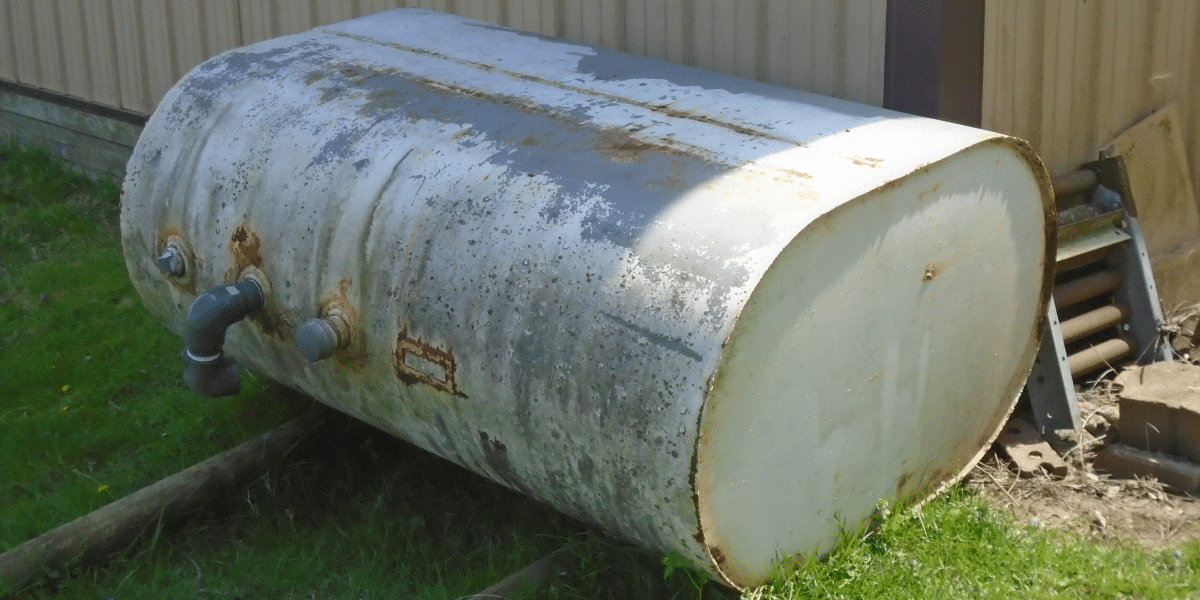Are you wondering what an oil tank sweep entails? Homeowners often overlook the importance of an oil tank sweep. This critical process can prevent potential hazards on your property.
This article will clearly and concisely discuss an oil tank sweep and break down the process so you know what to expect. You’ll learn why it’s essential for maintaining a safe environment. Dive in and ensure your home remains hazard-free and compliant. Read on!
What is an Oil Tank Sweep?
An oil tank sweep is a check to find and examine buried oil tanks on a property. These tanks, usually made of steel, can rust over time, causing leaks that can harm the soil and water. The sweep helps find these tanks, see if they are in good shape, and determine where and whether they are being used.
When is an Oil Tank Sweep Necessary?
Oil tank sweeps are checks done during property sales or if there are environmental worries. Homebuyers often ask for an oil tank sweep before purchasing to avoid hidden problems. Homeowners switching from oil to gas heating or who think there might be contamination might also need this service.
Preparing for an Oil Tank Sweep
Before the inspection, a technician will check property records and do a basic review. This includes asking the property owner about past oil use and any changes to the system. The technician will also look around for vents, fill pipes, and signs of an underground oil tank.
The Equipment Used in an Oil Tank Sweep
The equipment the technician uses is key to checking for oil tanks underground. The most common tools are metal detectors, magnetometers, and Ground-Penetrating Radar (GPR) systems.
These tools help find underground tanks accurately. A GPR tank sweep is especially beneficial because it gives a detailed picture of what’s below the ground, showing any hidden oil tanks and their condition.
The Inspection Process
The property inspection starts with carefully scanning the property using special tools. The technician walks around the area to make sure everything is checked. If a metal detector or magnetometer finds metal, the technician marks that spot for a closer look with GPR.
Interpreting the Results
After finishing the sweep, the technician will review the data to decide what to do next. If they find an oil tank, they will check whether it is active, abandoned, or leaking.
They will then create a report with their findings and suggest any needed actions. If there are leaks, more tests might be needed to determine the extent of the contamination.
Legal and Environmental Considerations
Finding a buried oil tank during an environmental assessment can have legal and environmental issues. You might need to remove it, especially if it could leak.
Environmental laws often require quick action to prevent contamination. Failure to follow these rules can result in big fines and legal trouble.
The Importance of an Oil Tank Sweep
An oil tank sweep is essential in protecting your home and the environment. It can help you find hidden risks before they become expensive problems.
It would be beneficial for homeowners to prioritize an oil tank sweep when they sell their homes. Regular checks with an oil tank sweep ensure environmental rules are followed.
Consider hiring professionals to do an oil tank sweep to ensure a thorough job. A complete oil tank sweep can protect your investment.
Published By: Aize Perez



















